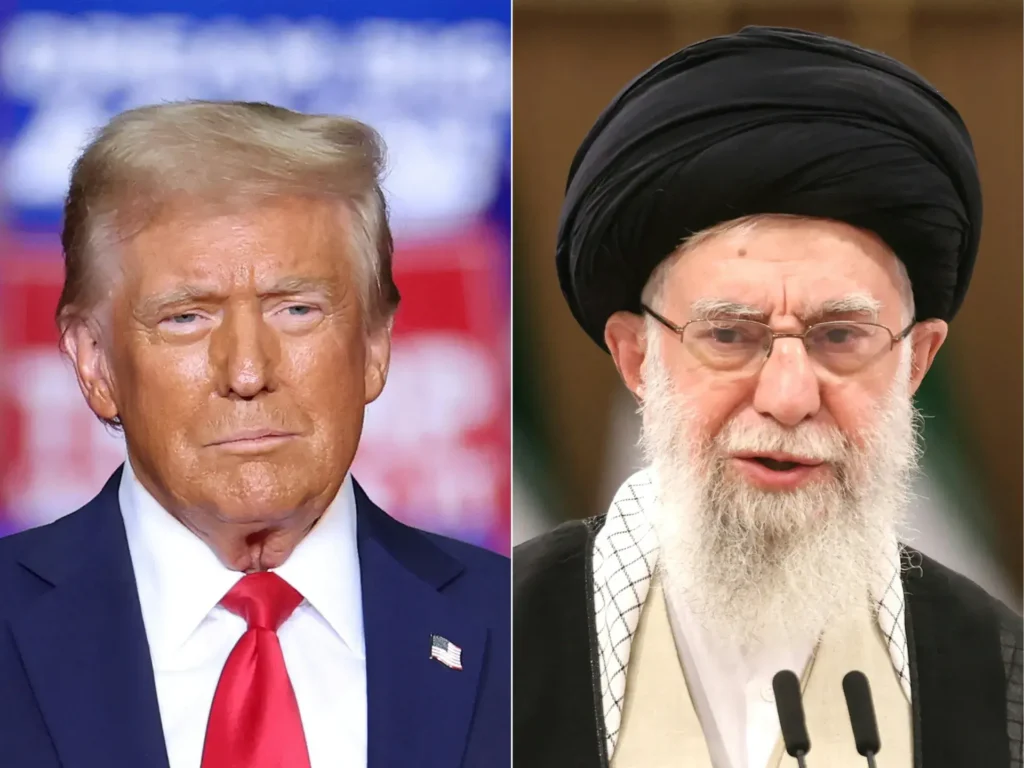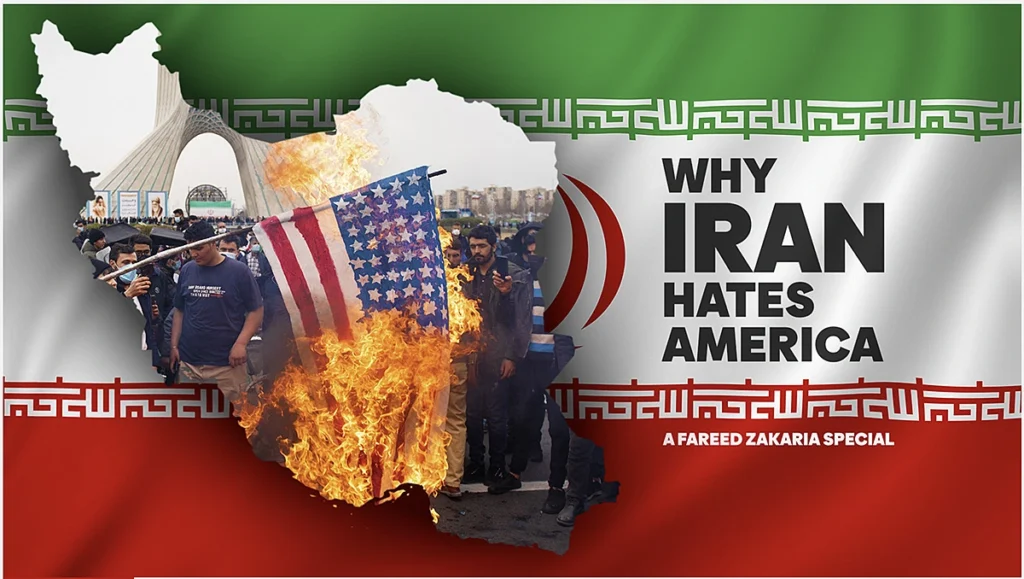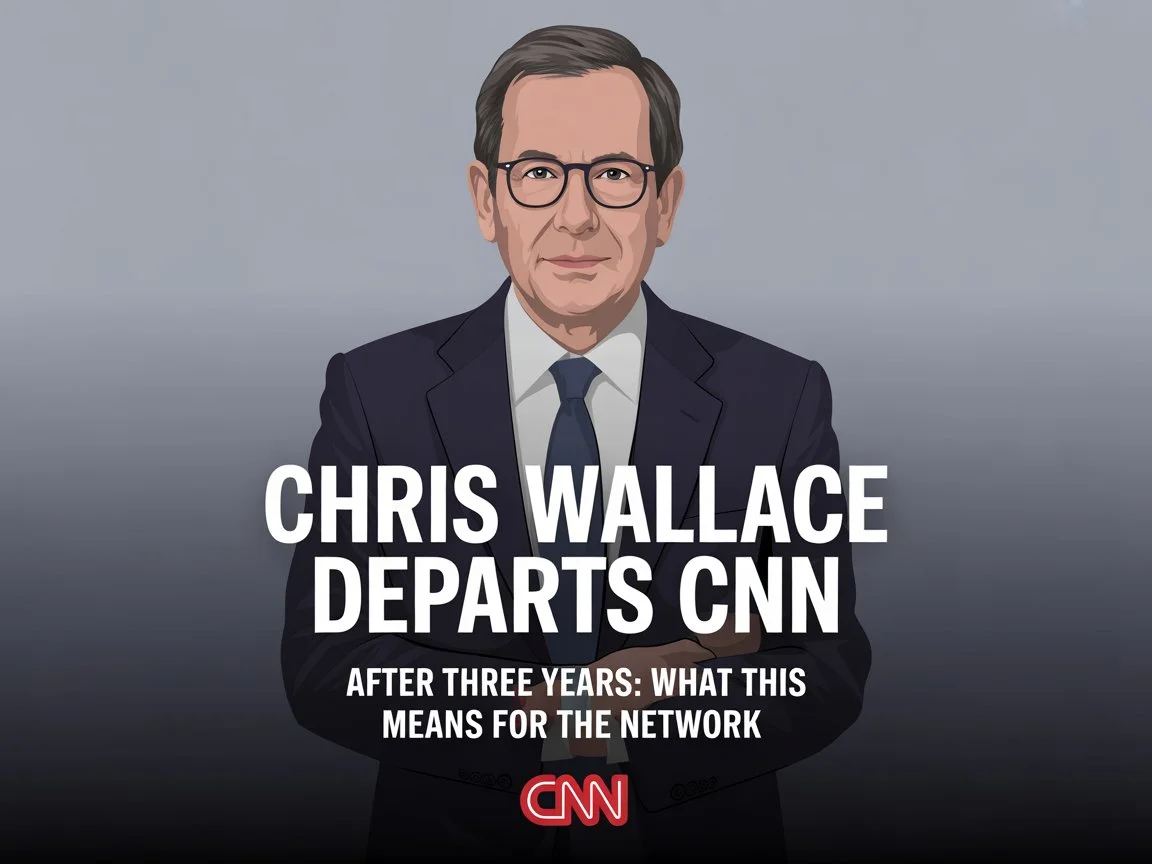The relationship between the United States and Iran has long been characterized by a complex interplay of diplomacy, conflict, and shifting alliances. As of August 2025, the dynamics between these two nations are at a critical juncture, influenced by recent military actions, diplomatic efforts, and regional developments.
The Escalation: June 2025 Strikes
In June 2025, tensions between the U.S. and Iran reached a new peak when the United States launched direct strikes on key Iranian nuclear facilities, including Fordow, Natanz, and Isfahan. These operations, dubbed “Operation Midnight Hammer,” utilized GBU-57 Massive Ordnance Penetrators and Tomahawk missiles, resulting in significant damage to Iran’s nuclear infrastructure .Fox News+2Al Jazeera+2
The strikes were a response to escalating proxy attacks on U.S. military bases in the Middle East, attributed to Iran-backed militias. In retaliation, Iran initiated a 12-day conflict with Israel, which further complicated the regional security landscape.Wikipedia+3Wikipedia+3Fox News+3
Diplomatic Efforts and Challenges
Following the military escalation, diplomatic channels have been active yet fraught with challenges. In August 2025, the International Atomic Energy Agency (IAEA) announced plans to visit Iran for the first time since the June conflict. However, Iranian officials have indicated that the upcoming talks will be “technical” and “complicated,” with no inspections of nuclear sites planned during the visit .Al Jazeera+2AP News+2AP News+2Al Jazeera+2
Earlier, in April and May 2025, the U.S. and Iran engaged in a series of negotiations in Oman and Italy, aiming to reach a new nuclear agreement. These talks were characterized as constructive, but no final agreement was reached before the military strikes occurred .Wikipedia

Sanctions and Economic Pressures
In response to Iran’s nuclear activities and regional actions, the United States has imposed additional sanctions targeting entities and individuals involved in sanction-evasion schemes. On August 7, 2025, the U.S. Treasury Department blacklisted 18 Iranian-linked entities, including RUNC Exchange System Company and Cyrus Offshore Bank, aiming to disrupt Iran’s revenue streams and limit funding for its weapons programs .Reuters
These sanctions are part of the broader “maximum pressure” campaign initiated after the U.S. withdrawal from the Joint Comprehensive Plan of Action (JCPOA) in 2018. The campaign has significantly impacted Iran’s economy, leading to inflation, currency collapse, and domestic unrest .Wikipedia+1Wikipedia
Regional Dynamics and Alliances
The U.S.–Iran tensions have reverberated across the Middle East, influencing regional alliances and security arrangements. In August 2025, Iranian Defense Minister Ali Larijani visited Baghdad to discuss a new security agreement with Iraq, focusing on border coordination and preventing security breaches. This move underscores Iran’s efforts to strengthen ties with neighboring countries amid regional instability .AP News
Conversely, the United States has brokered a historic peace deal between Armenia and Azerbaijan, which includes a 99-year lease of a strategic corridor connecting Azerbaijan to its Nakhchivan exclave through southern Armenia. This corridor, running along Iran’s border, has raised concerns in Tehran about regional sovereignty and security, with Iranian officials warning that it could become a “graveyard for Trump’s mercenaries” .Jerusalem Post+3The Guardian+3The Times of India+3

Humanitarian Concerns and Civilian Impact
The ongoing conflict has had severe humanitarian consequences. The June 2025 strikes resulted in significant casualties, with approximately 1,100 Iranians, including military and nuclear personnel, killed, along with 28 Israeli deaths . Additionally, the targeting of journalists in Gaza has drawn international condemnation, highlighting the broader human rights implications of the conflict .AP NewsThe Guardian
Future Prospects: Diplomacy or Escalation?
As of August 2025, the path forward for U.S.–Iran relations remains uncertain. While diplomatic efforts continue, the recent military actions and ongoing regional developments suggest that tensions may persist. The international community watches closely, hoping for a resolution that prioritizes stability and peace in the Middle East.









Leave a Reply